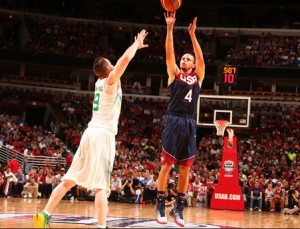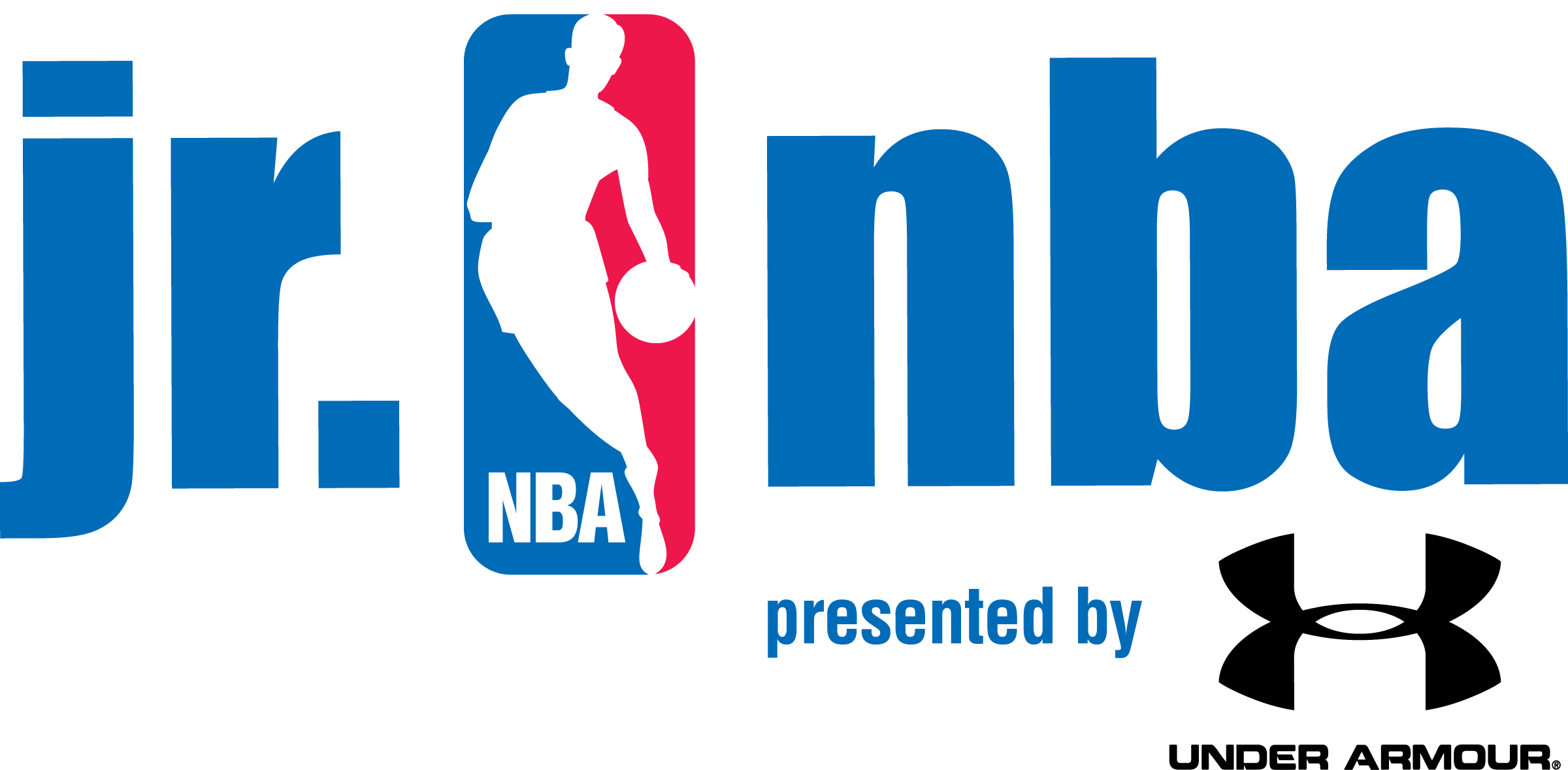
Basketball on the Edge – A Better Way To Get Up “Game Shots”

Game shots. It’s a term that all coaches, including myself, use all the time. When we are working players, we want them to take “game shots”. What do coaches typically mean when they say game shots?
- A full speed entry into the shot.
- A shot in the player’s shooting range.
- A shot that a player would realistically take in a game. (No spinning fadeaways)
- A shot where the player is focused and concentrates on making the shot.
If these elements are present then coaches are satisfied their players have worked on game shots.
Lately, I’ve been reading a lot of coaching articles detailing the one factor that drills focusing on “game shots” lacks. It is a key element to the success of any shot that is taken, and yet has nothing to do with shooting fundamentals. What is it?
Decision making. During an actual game when a player catches the ball they must first make a decision about what they are going to do with it. Should they pass? Should they drive? Should they shoot? Those are the three basic decisions, but as we know, the game is complex and dynamic. Who do I pass to? What type of pass is required? At what angle? Do I drive right or left? Do I have enough space to get to the rim or will I need to pull up? How far away from me is my defender? Can I get the shot off or do I need to head fake? Am I on balance? What’s the score of the game? How much time is left? These are just a few of the complex decision making progressions that players need to go through EVERY time they catch the ball. The decision to shoot involves much more processing than the average coach or player realizes.
Now, let’s consider the typical shooting drill. The player takes 10 shots in a row from the same spot or while executing the same movement. The player knows what to expect. There is no decision to be made. The drill requires them to shoot the same shot repeatedly. This type of drill is an example of block practice. I am not discounting the value of this type of shooting practice. As a player the vast majority of my shooting workouts were done this way. As a coach, many if not most of the drills I use with players are done this way. Repetition using the proper mechanics is required to become a great shooter. I believe this type of block practice can especially important for young players learning to shoot so they develop proper mechanics.
I have started to add more randomness and decision making to the shooting workouts that we do with our players. Let me give you two examples of drills that I’ve started using that require players to make a decision AND make a shot.
Drill # 1 – This is a team or group training shooting drill
- Put the players in two or three lines (depending on how many players you have) at half court.
- Put one defender in the key.
- Set up three cones in front of each line even with the top of the key.
- When the coach says “go” the first player in each line attacks the cone with their right hand and executes a crossover dribble.
- Once the players have crossed over, the defender picks one of the players to guard. That player goes one on one against the defender. The other two players shoot a jump shot off the dribble moving left.
- The shooters don’t know what’s going to happen until the defender decides who to guard. A decision is involved. The shooter’s brain must be active as they determine what the defender is going to do.
- The drill can be varied with different moves and or finishes for the players not being guarded.
Drill # 2 – This is an individual or small group drill
- Set up cones at 5 spots on the court within the players shooting range (top, wings, corners). Label the cones 1-5.
- The coach calls out a number and the player cuts out behind that cone to receive a pass from the coach.
- The coach then gives a hand signal that the player must recognize and act upon.
For example:
- A hand up means “Pass back to the coach”
- Right hand to the side means “One dribble jumper going left (opposite for the player who is facing the coach – (think of a mirror)”
- Left hand to the side means “One dribble jumper going right”
- No signal means “Take the jump shot”
- The drill attaches a decision to the shot. Although the read is simpler than complex game action it still forces the brain to “read” the hand signal and then execute a skill rather than always knowing the shot in advance.
- As a player’s skill level increases add a time limit and keep score. + 1 pt for a made shot, – 1 point for a misread decision. See for yourself what adding a pre-shot decision does to a player’s shooting percentage.
Every moment in a basketball game requires 3 things.
1. An ability to read the situation and understand what is happening.
2. An ability to use the information from the read to make a decision.
3. An ability to execute the chosen skill that will result in a positive outcome.
Helping players develop quick decision making skills is a challenge for any coach. A games-based approach to coaching (using mostly “live” drills that mimic game situations rather than repetitive drills) emphasizes the point that players learn best when they have to execute skills under game conditions. This means they must make decisions as part of the learning process. For example, it is not enough to know how to execute a crossover dribble, the player must also understand when and why they should execute that skill in the context of a game.
When we attach a decision to the skill it becomes harder to execute because the recall must be faster. When I know I’m going to shoot 10 three pointers in a row from the left wing I don’t have to recall how to execute that skill quickly, I already know that is what I have to do. In a game, I’m not sure what I am going to do when I catch the ball on the left wing. I have to READ, then DECIDE, then EXECUTE.
I’m anxious to explore this type of decision making training more. The process of quickly making decisions and acting on them is required for optimal performance in games. It makes sense to train this way during practice so we truly are replicating “game shots”.


